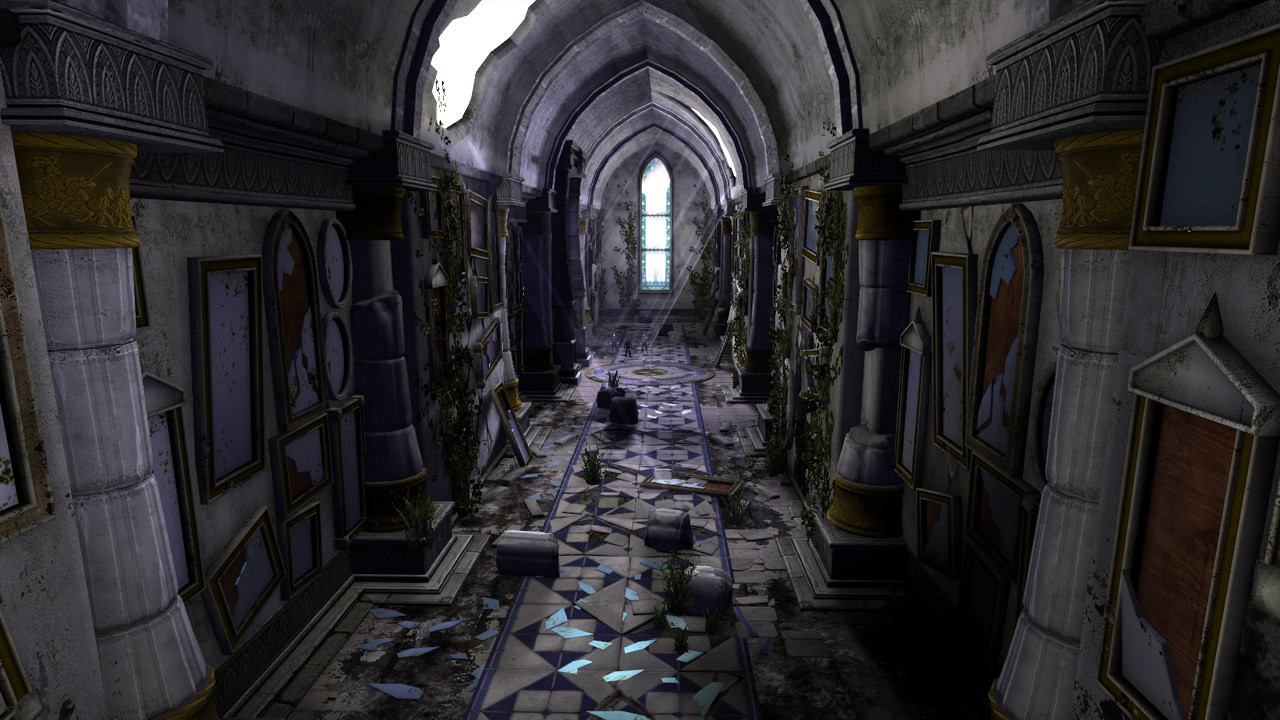
And throwing/knocking different people into holes is only funny and frequently very helpful for holding or creating chokepoints.

Have an enemy encounter it (or have shoved, etc.) and then fill it up. You’re creating a classic tradeoff to get cover at the cost of an entire round + restricting your movement choices significantly.Ī Tomelock construct for a brief campaign uses this and thorn whip and shadow along with devil’s sight for all sorts of shenanigans. A melee attacker undoubtedly has the edge on you as you’re in there and you’d have the disadvantage. Your DM will decide if ducking down to the hole uses the mechanics or perhaps not. Unless you have a good climb speed, you are using 10′ of movement to get out. It’s situational as you have to be standing on dirt which is common enough outside of dungeons but in my experience less common as you may want. No question.īalance/OP problems? There are a lot of great cantrips you handed to find this. You possess the ability to dig out a 5x5x5 hole in one action. That is the main reason it’s far better than just carrying out a shovel and not spending a valuable cantrip slot on Mold Earth. In combat? Of course, it’s “instantaneous”. It does not matter where the loose dirt moves in this instance (Great info in that other response about how it piles but not one falls back into the pit because the cantrip digs a 5′ block hole). Only dig out a 5′ cube hole (or less, depending upon your height) and hop in. The cantrip Mold Earth 5e creates the improvised cover but do it a different way. Can the cantrip Mold Earth 5e create the improvised cover? The latter idea is the way I would rule it. Giving a cantrip the bobcat’s ability is one thing, but a backhoe is a much larger, more powerful machine. Mold Earth 5e can help to rough up the surface, making it rough terrain, and not enough to knock somebody prone. However, as a DM, even if you wanted to, (maybe at the polite question prompting of this player) you could do anything.īut just as quickly, it is possible to declare that unless you see a loose mound of dirt, or even sand, for instance, that the earth isn’t open, it is packed. The spell doesn’t do so, so a participant does not have any right to require it.

Or perhaps even the dirt/sand area gets transferred into needs to generate a Dex or strength save (animal’s choice) from being knocked prone. Obviously, as a DM, you could claim the creature in that 5′ region of the cube (25 cubic feet, not 5, incidentally ). As a DM, you can say it takes another 5′ to move up 5′ as well (the spell requires it to be loose earth, which means you can assume it is not a channel, and the sides have dropped. It will make 5′ section difficult terrain, which induces them to spend 10′ of movement to cross it. If the spell doesn’t say, it could do it doesn’t.

If you cast this spell multiple times, you can have no more than two of its non-instantaneous effects busy at one time, and you can dismiss such an impact within an action.ĭoes using Mold Earth cantrip 5e to trip someone break its principle against causing harm from D&D?ĭue to the turn-based program, D&D utilize, as well as the description of the spell. Alternatively, you can create the earth to turn into typical terrain if it is already rugged terrain. When the dirt or rock you target is on the ground, you cause it to become challenging terrain. You drive contours, colors, or both to look on the dirt or rock, spelling out words, producing images, or changing patterns. This motion does not have sufficient force to cause harm. In that case, it’s possible to instantaneously excavate it, move it along the ground, and deposit this up to 5 feet away. Suppose you target a place of loose soil. You manipulate it in one of the following manners. Let us begin the 5e cantrip of mold earth.

You select a portion of dirt or stone that it is possible to see within a range which fits within a 5-foot block.


 0 kommentar(er)
0 kommentar(er)
